- Home
- slideshows
- miscellaneous
- Marines in California took the Corps' new Amphibious Combat Vehicle out for a nighttime test in the ocean
Marines in California took the Corps' new Amphibious Combat Vehicle out for a nighttime test in the ocean
The ACV will be replacing the Amphibious Assault Vehicle starting in late 2020. The AAV has been in service since 1972, serving in countries around the world.

The AAV has been the go-to vehicle to carry Marines and gear from ship to shore, but with adversaries around the world growing more powerful, the ACV was created to enhance the capabilities of ship-to-shore missions and amphibious assaults.
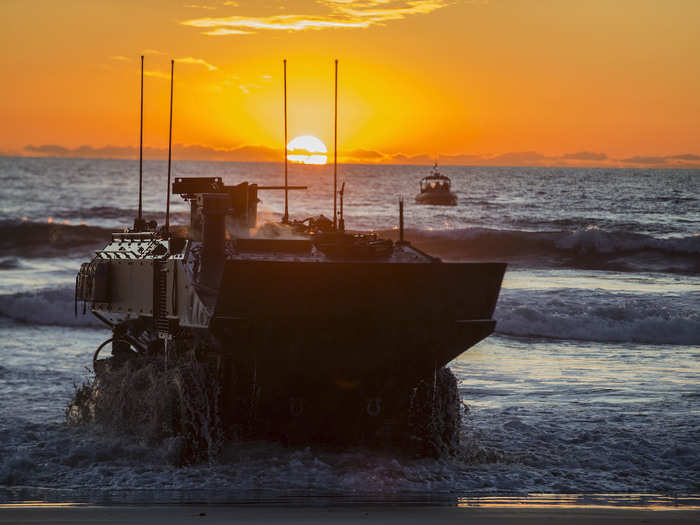
The ACV will come in four different variants derived from the armored personnel carrier base. There's a recovery variant, a command-and-control variant, and an up-armed variant to engage enemy armored vehicles. Each ACV comes equipped with eight wheels instead of the tracks originally on the AAV.
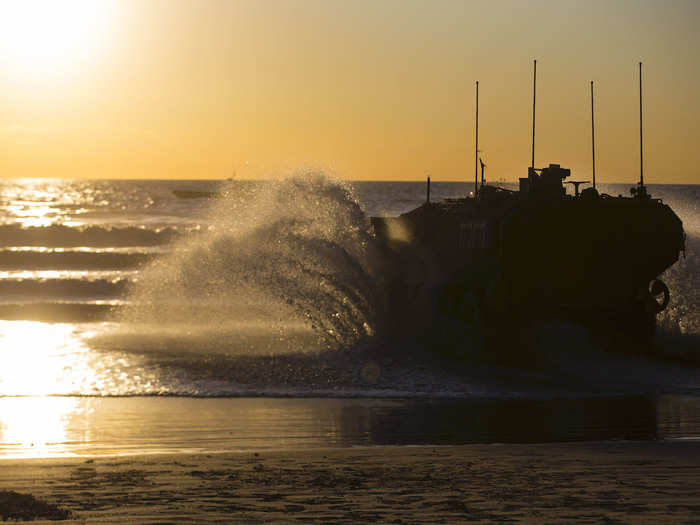
"It's a huge difference on how the ACV and the AAV drive and handle," said Marine Sgt. Fernando Alvarez, an AAV operator with AVTB. "The main difference (with wheels) is that it's a lot faster on land. But instead of pivoting like the AAV, we have to make three-point turns now, which is not a problem."
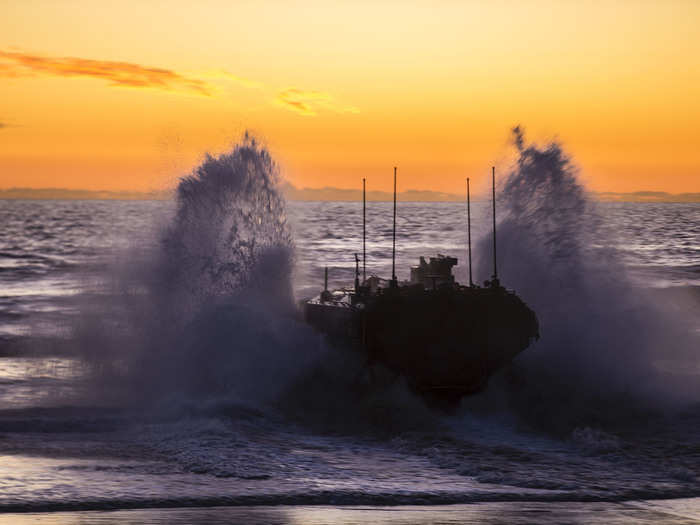
The ACV powers through high surf, traverses over trenches and trucks over sloped terrain.
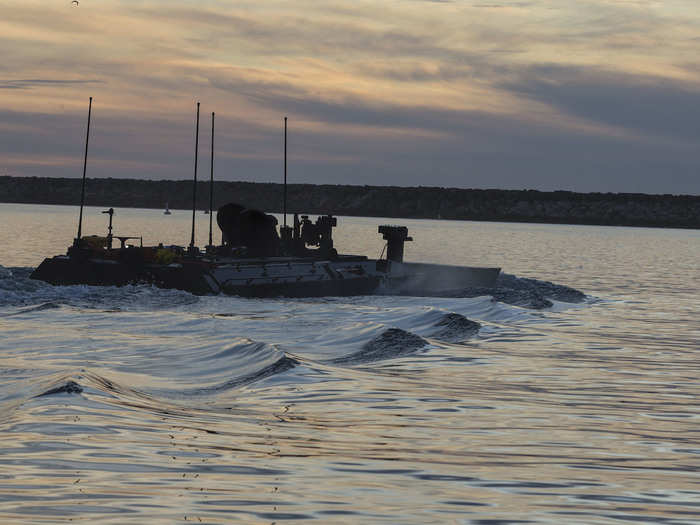
The ACV's significant protective assets make it resilient to direct attacks and allow it to operate with degraded mobility in an ever-changing battle environment. The vehicle possesses sufficient lethality to deliver accurate fire support to infantry, whether stationary or on the move.
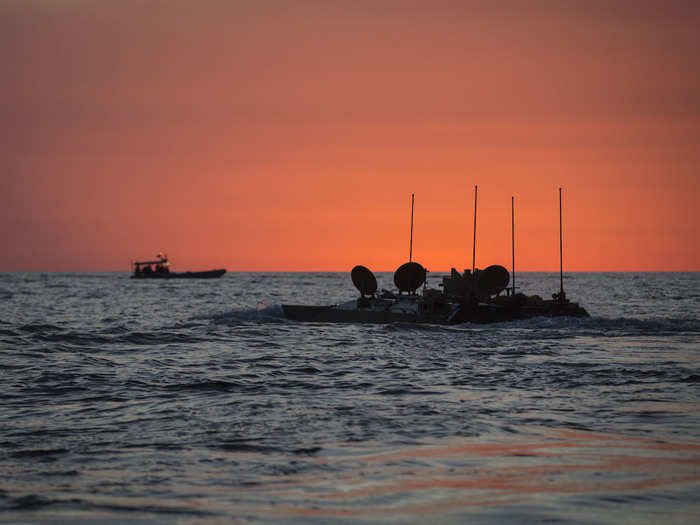
"Technology is modernizing," explained Sandvold. "As we learn about the ACV, we see everything it has to offer."
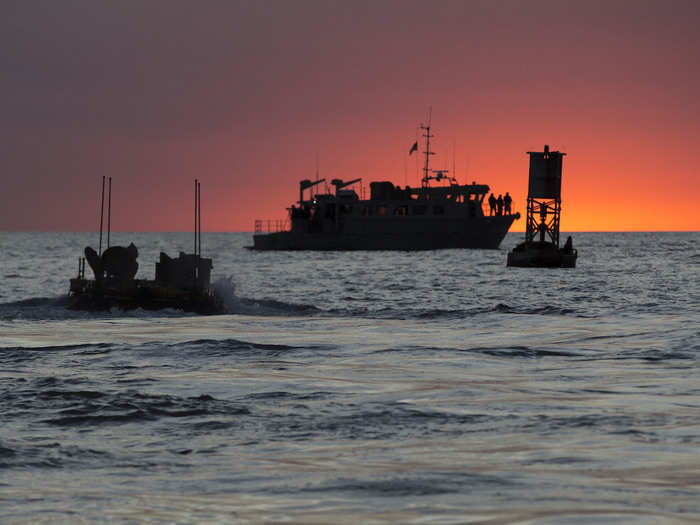
The ACV also has a unique V-shape underbelly to deflect the blast of improvised explosive devices. Since IED's were the most lethal weapons used against AAVs, the new ACV was designed to take a blast from an IED, continue the mission and bring Marines home safely.
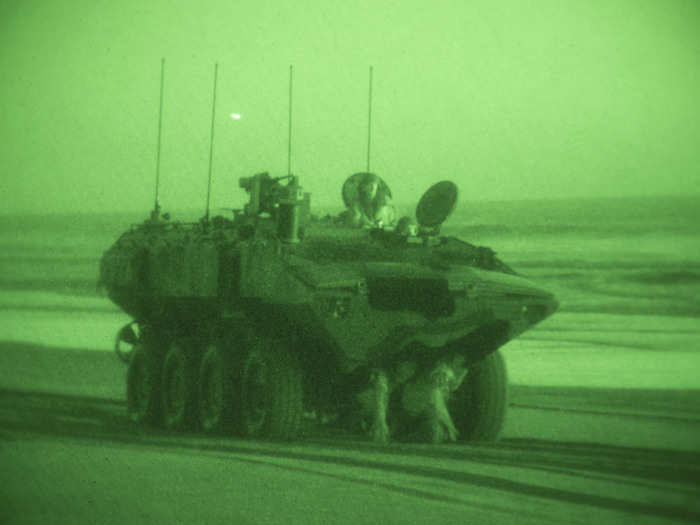
"I am loyal to tracks, but the more I learn about these vehicles, the more impressed I get with all its features and how it will improve our warfighting capabilities," said Sandvold.
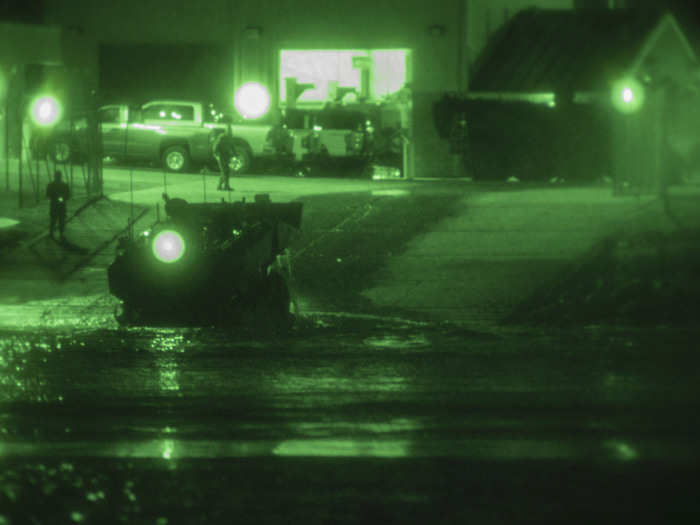
Popular Right Now
Advertisement